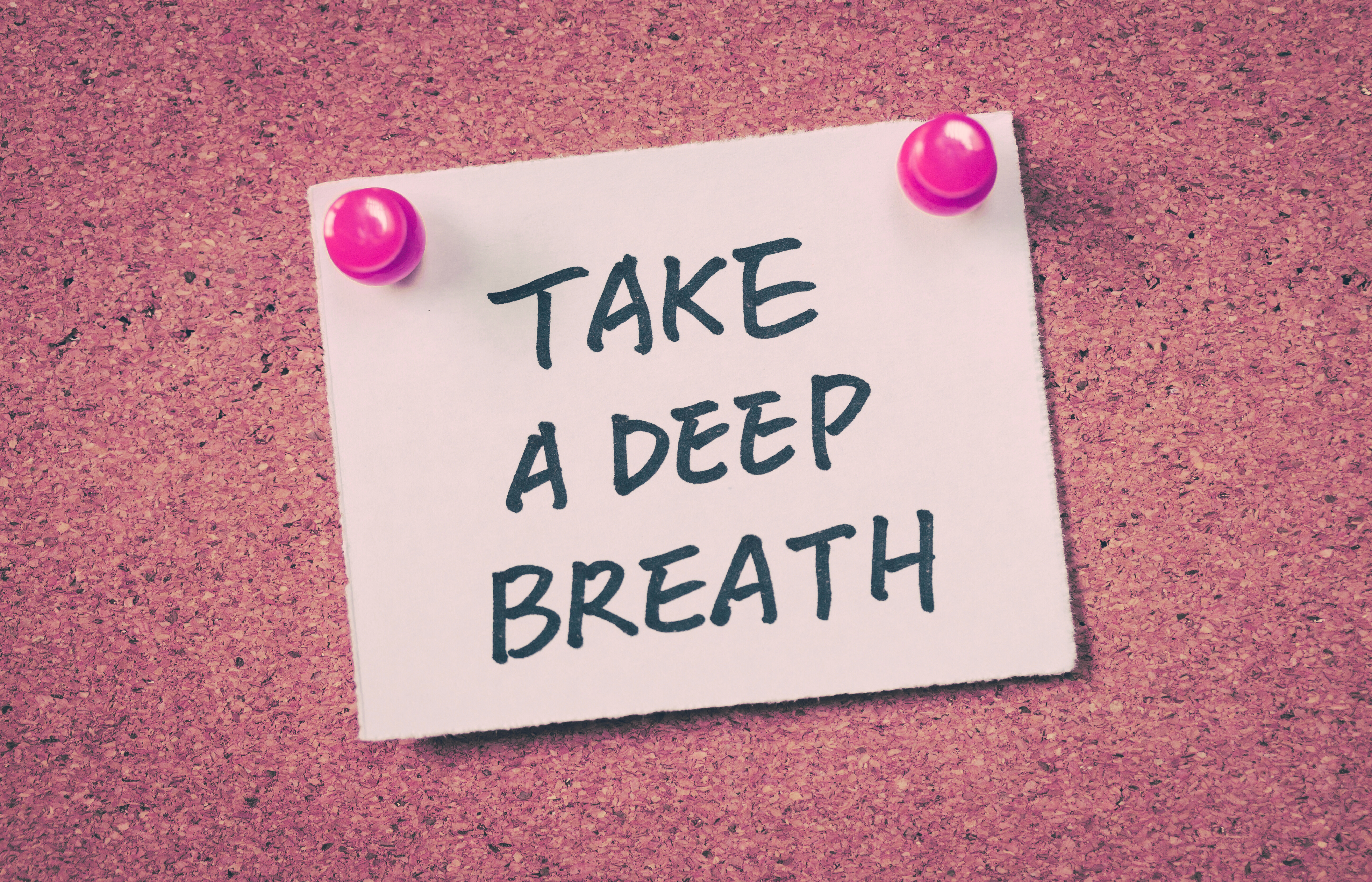ARTICLE
How to Calm Your Interview Nerves with Easy Breath Exercises
Interview nerves are common regardless of experience, qualifications, or preparation. It’s a natural response to a high-pressure situation. But while nerves are normal, they don’t have to take over. One of the most effective ways to manage them is through something simple, powerful, and always available: your breath.
July 21, 2025

1. Why Interview Nerves Are Completely Normal
The stress you feel before an interview is part of your
body’s natural “fight-or-flight” response. Increased heart rate, shallow
breathing, and a busy mind are all typical signs of this. Understanding that
these reactions are automatic and experienced by nearly everyone can help
reduce their power. You’re not alone, and it doesn’t mean you’re underprepared
or not up to the task.
2. How Breath Control Can Help Manage Anxiety
Breathing is one of the most effective ways to reduce
anxiety in the moment. When you consciously slow and deepen your breath, you
send a signal to your nervous system that you are safe and in control. This not
only calms your physical stress response but also improves mental clarity and
focus key advantages in any interview setting.
3. Introducing the 4x4 Box Breath Technique
The Box Breath technique also known as 4x4 breathing, is a
simple and proven method for calming the mind and body. Used by professionals
in high-stress environments (including athletes and military personnel), it
helps regulate the breath and centre your focus. The method is:
- Inhale
for 4 seconds
- Hold
for 4 seconds
- Exhale
for 4 seconds
- Hold
again for 4 seconds
Repeat this cycle for 1–2 minutes to feel the effects.
Even just a minute of this exercise can help you feel more
composed and ready to engage.
4. Pairing Breathwork with a Power Pose for Confidence
To enhance the effects of breathwork, consider combining it
with a power pose such as standing tall, shoulders back, feet firmly planted.
Research suggests that posture can influence how confident and prepared we
feel. Practising this posture alongside your breathing can help you mentally
and physically prepare for the interview ahead.
5. When and How to Use Breath Techniques Before and During Interviews
- Before
the interview: Use Box Breathing to ground yourself 5–10 minutes
before your interview. It can be done at home, in the car, or even at your
desk if you’re preparing for a virtual meeting.
- During
the interview: If you feel anxiety creeping in, take a slow breath
before responding. A brief pause to gather your thoughts can actually demonstrate
thoughtfulness and poise.
- After
the interview: Practising a few more rounds of calm breathing
post-interview can help reduce any lingering tension and give you space to
reflect clearly.
Interview nerves are common but manageable. By using intentional breathing
techniques like Box Breathing, you can stay calm, present, and confident
throughout the process. Sometimes, the most effective tools for performance
aren’t flashy, they’re fundamental.


